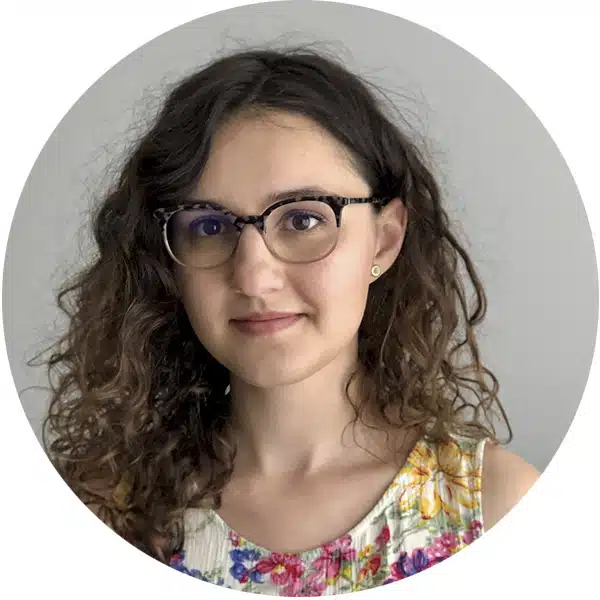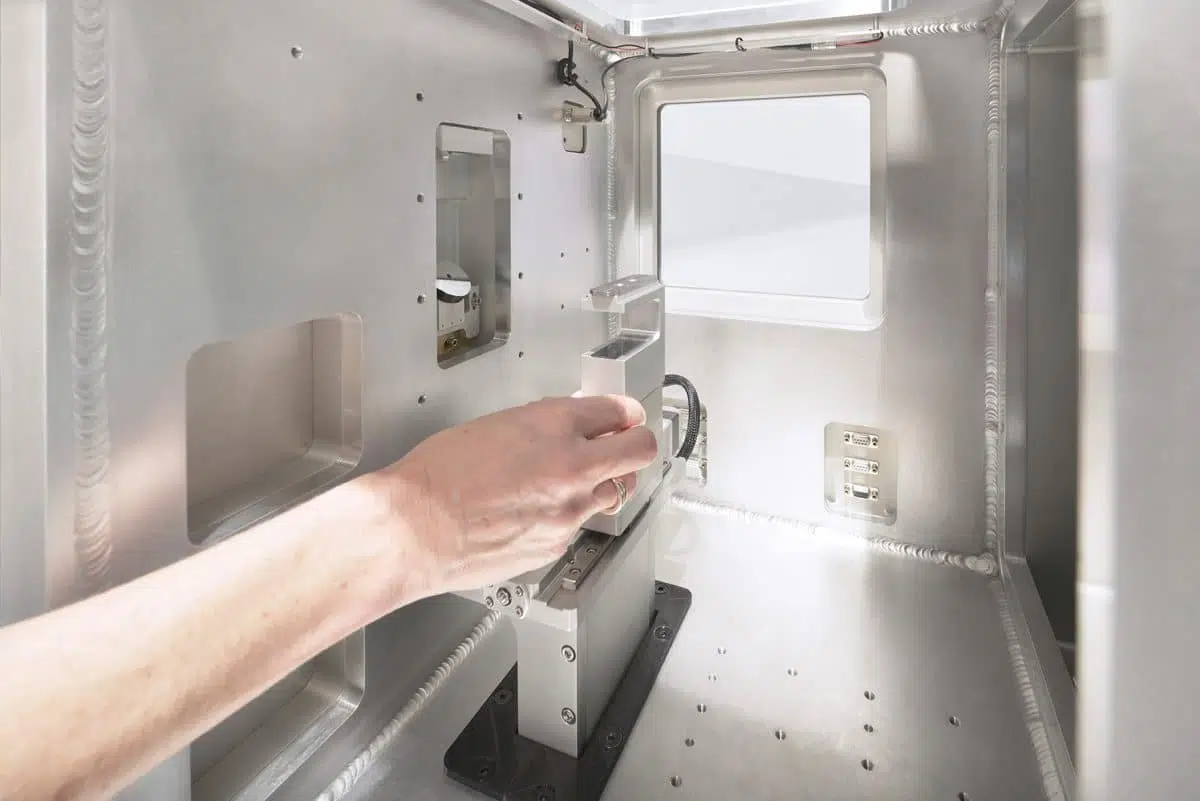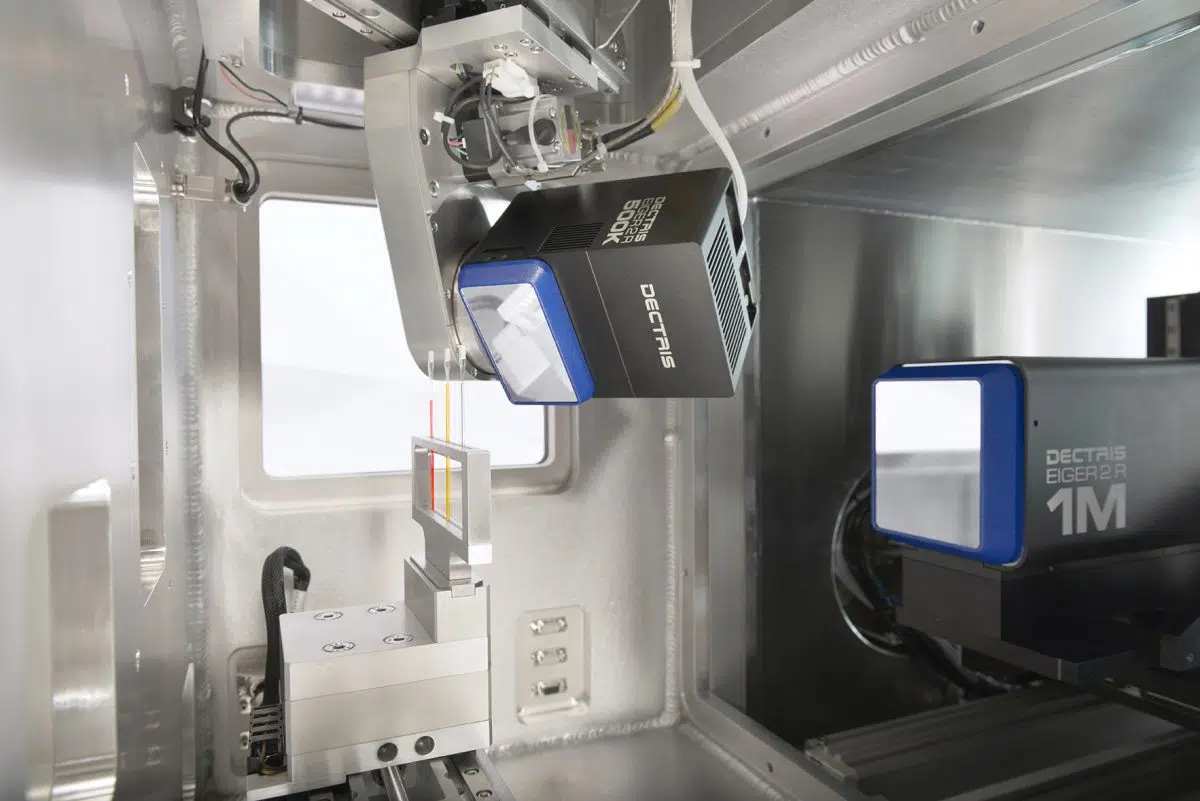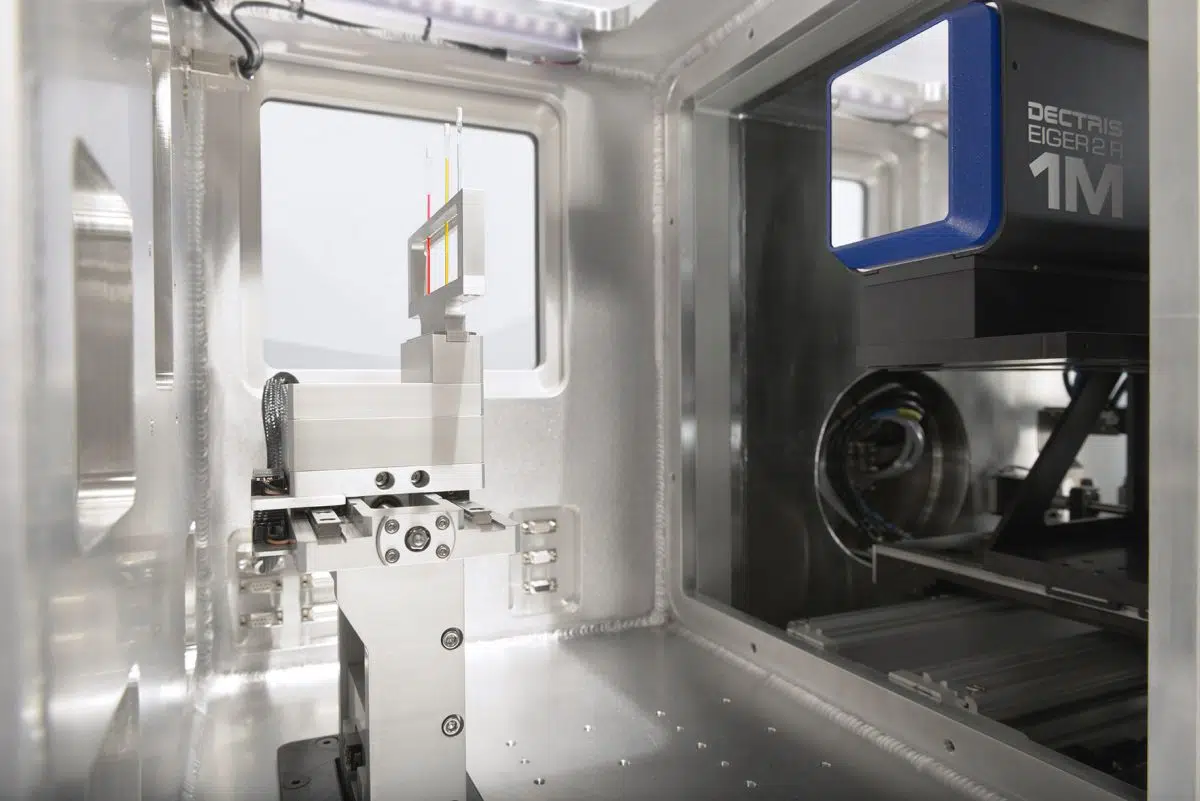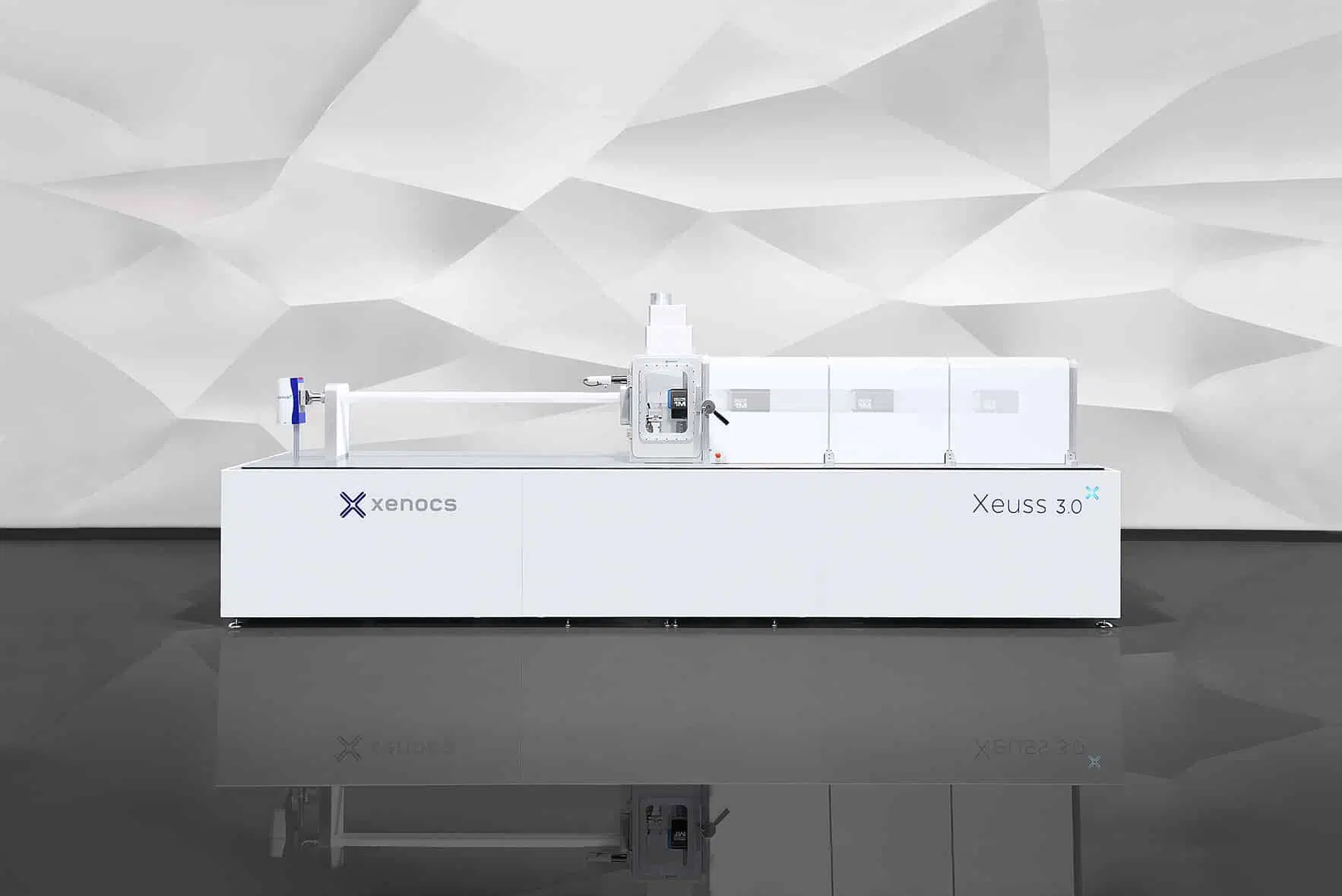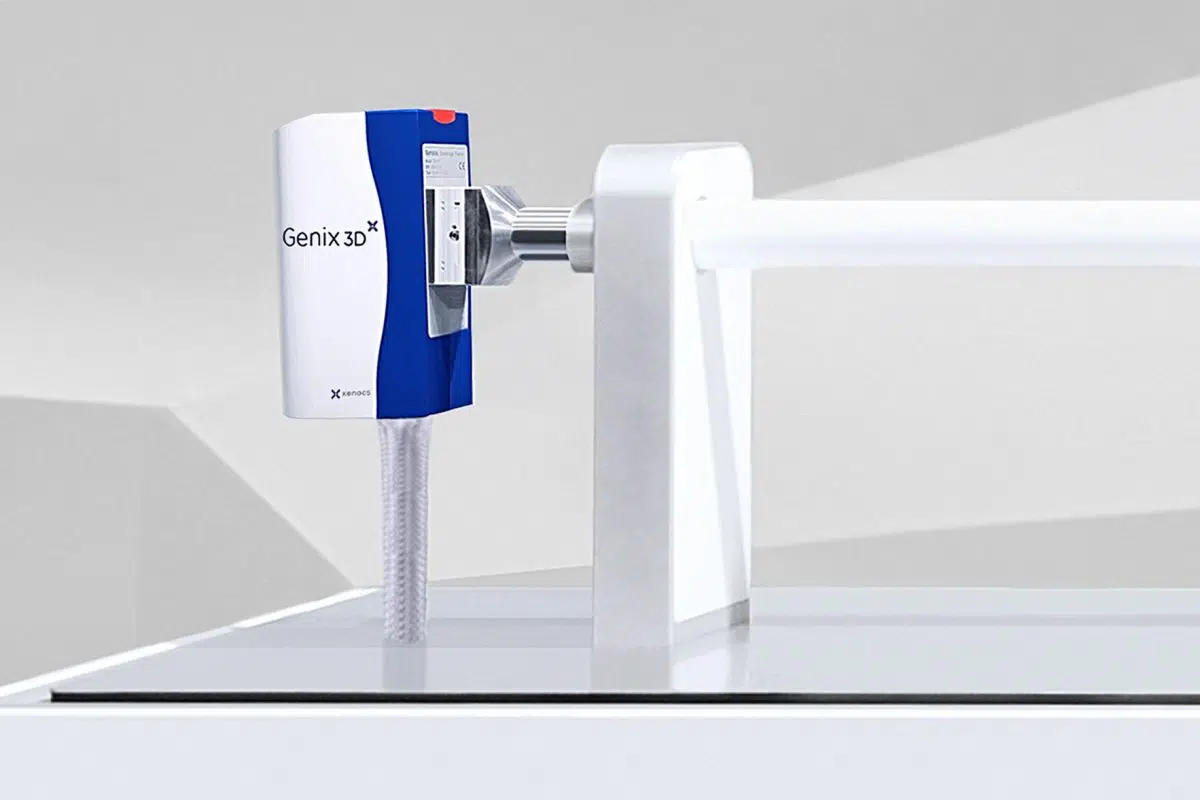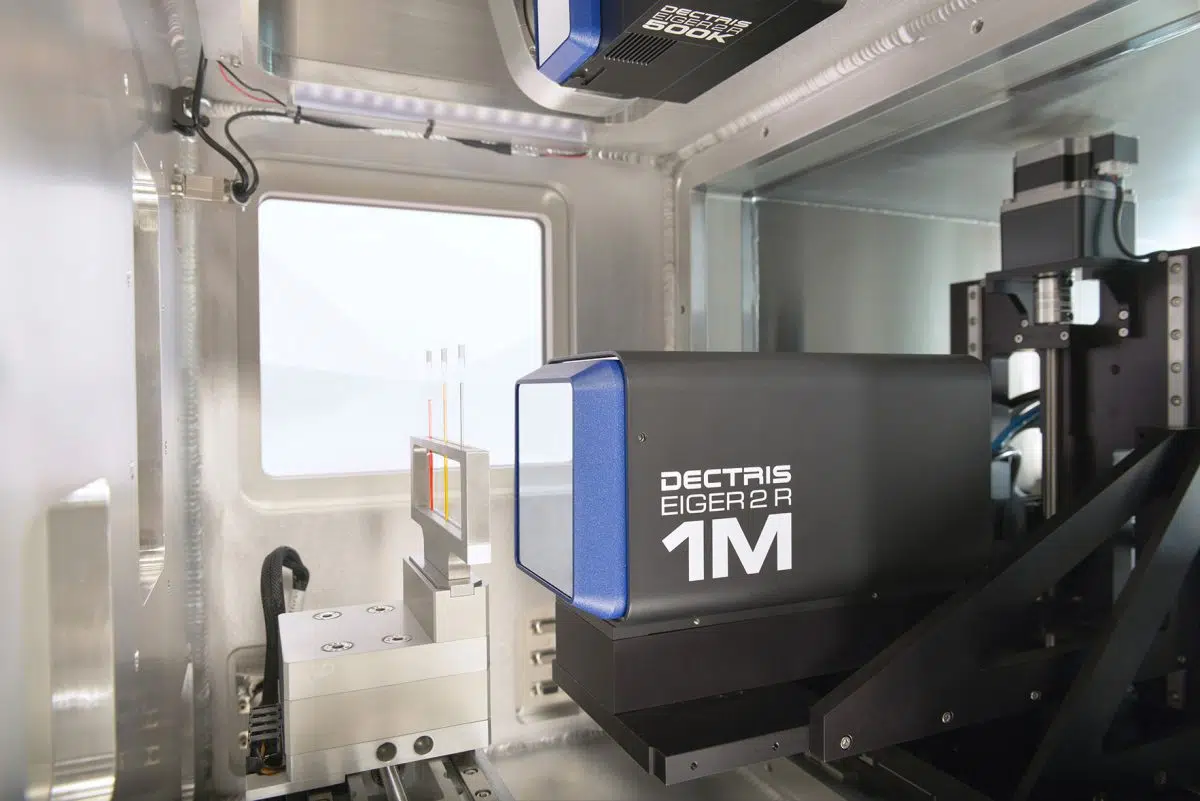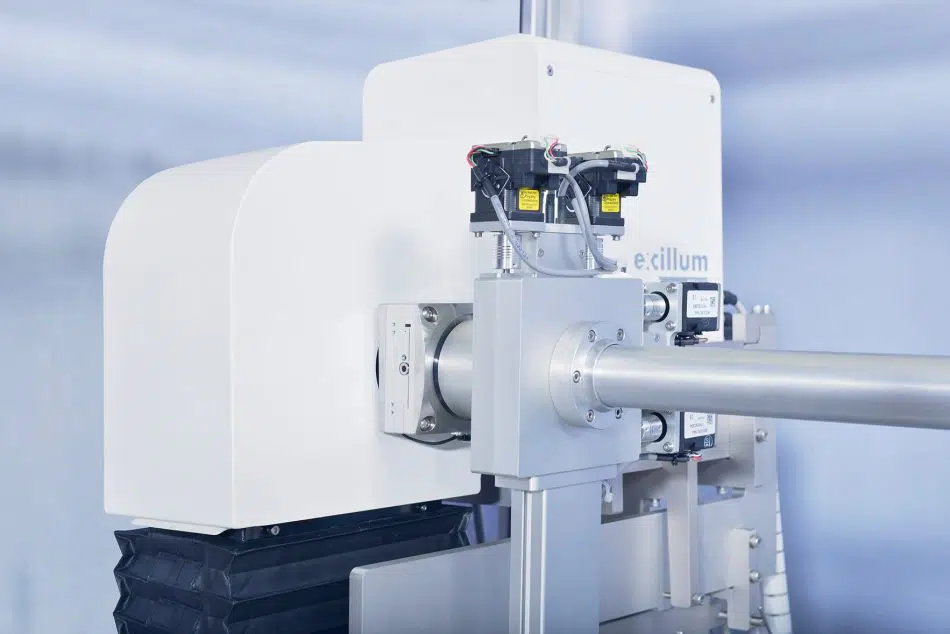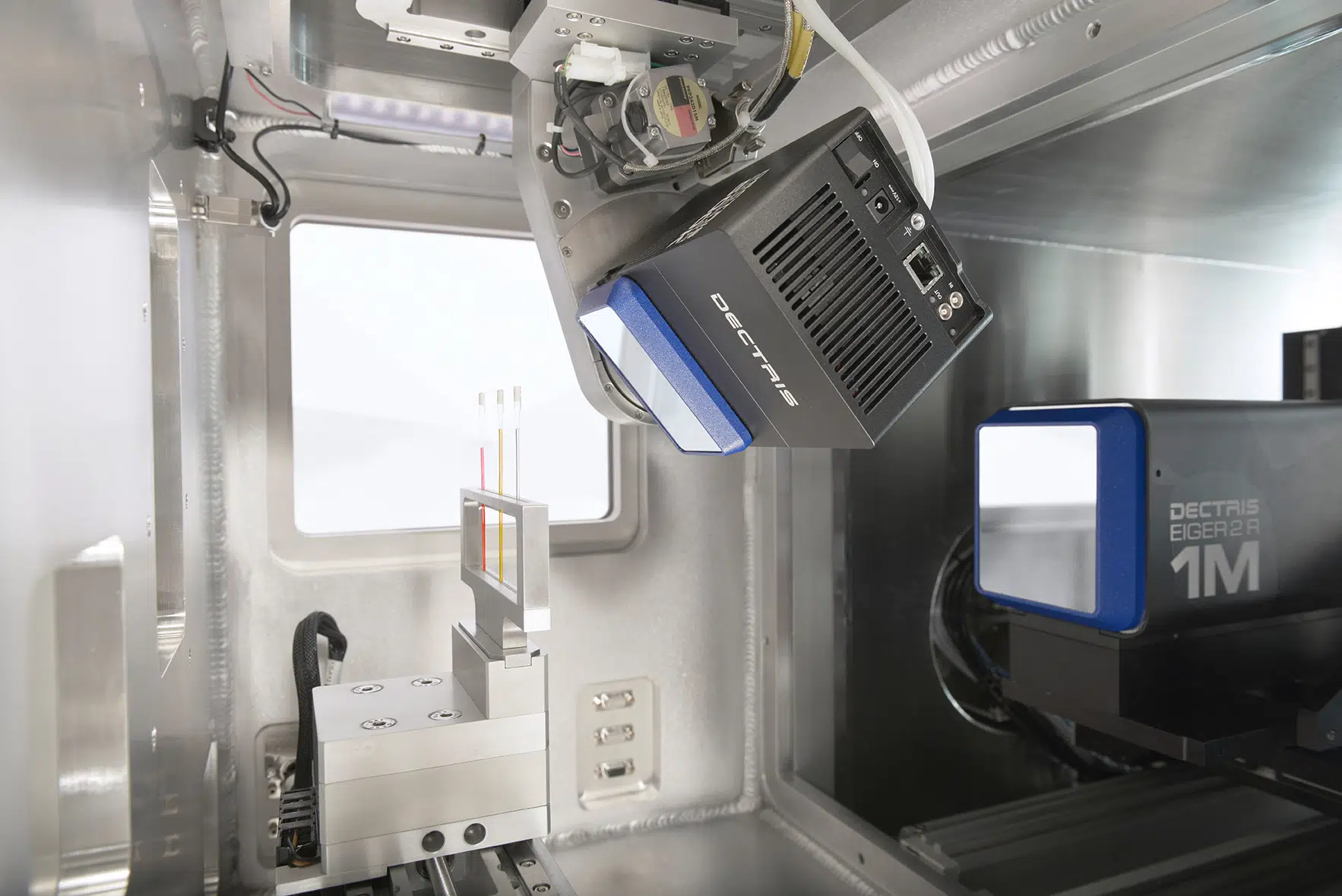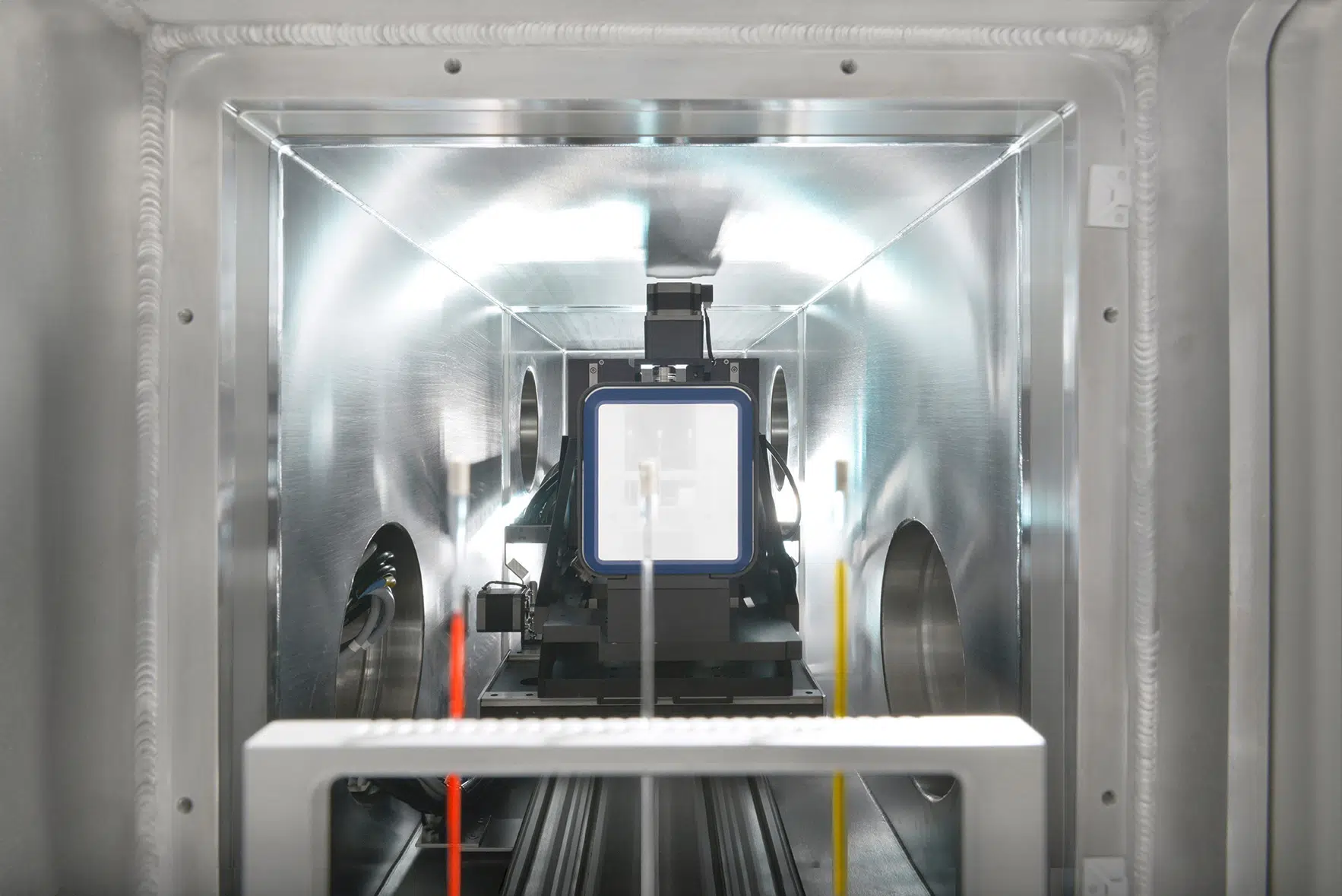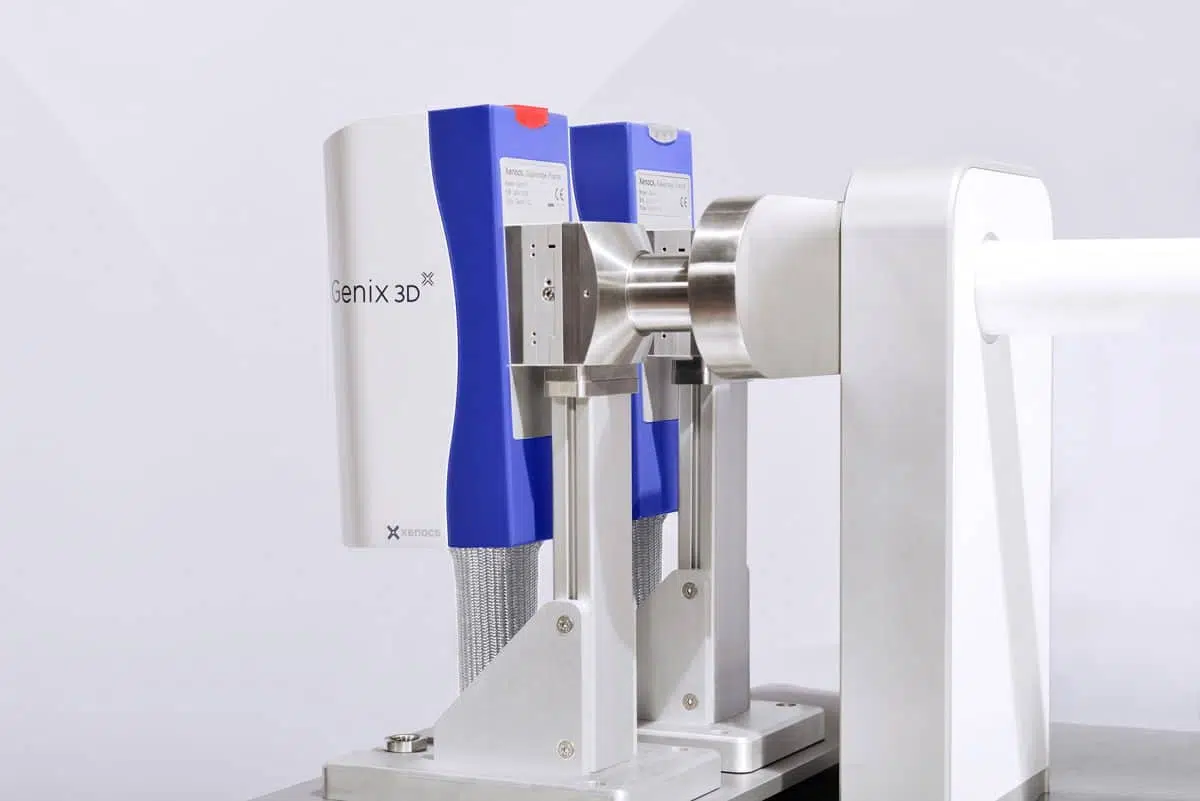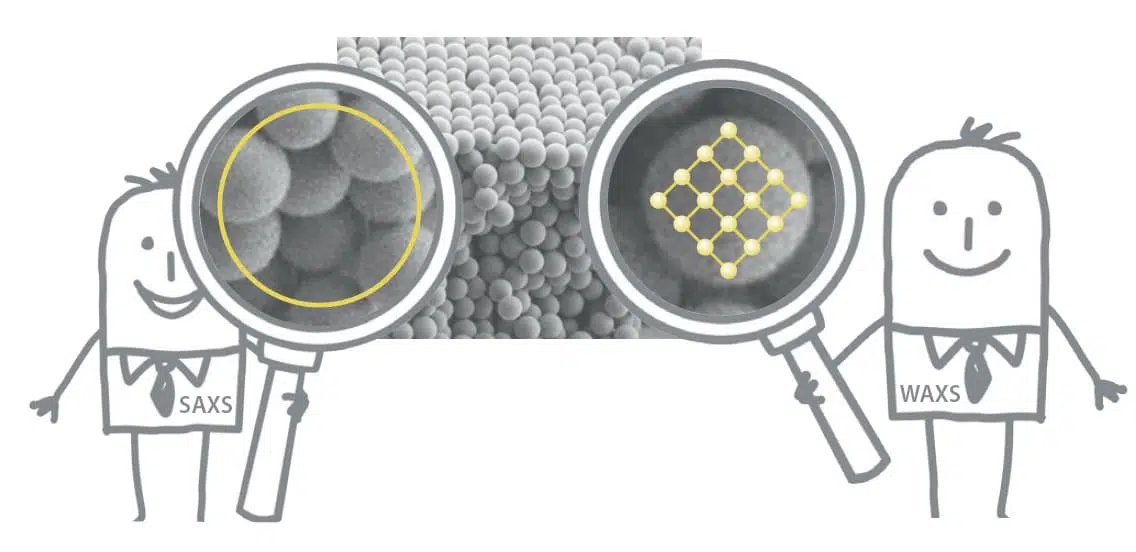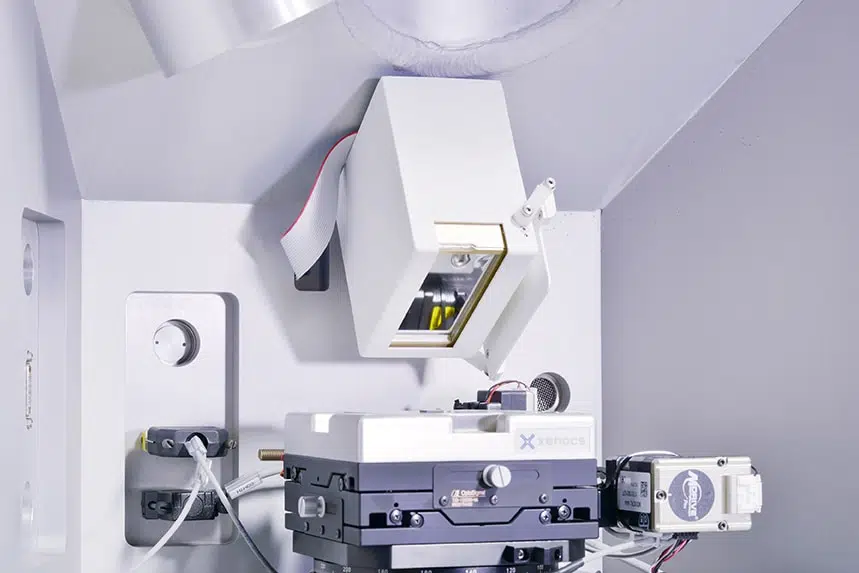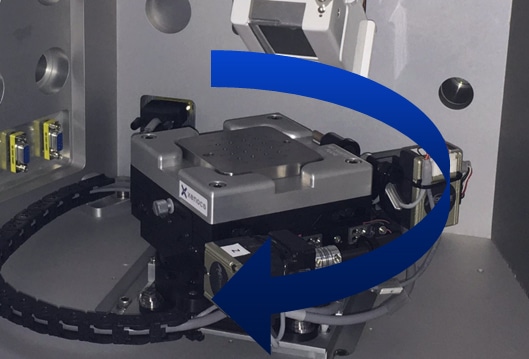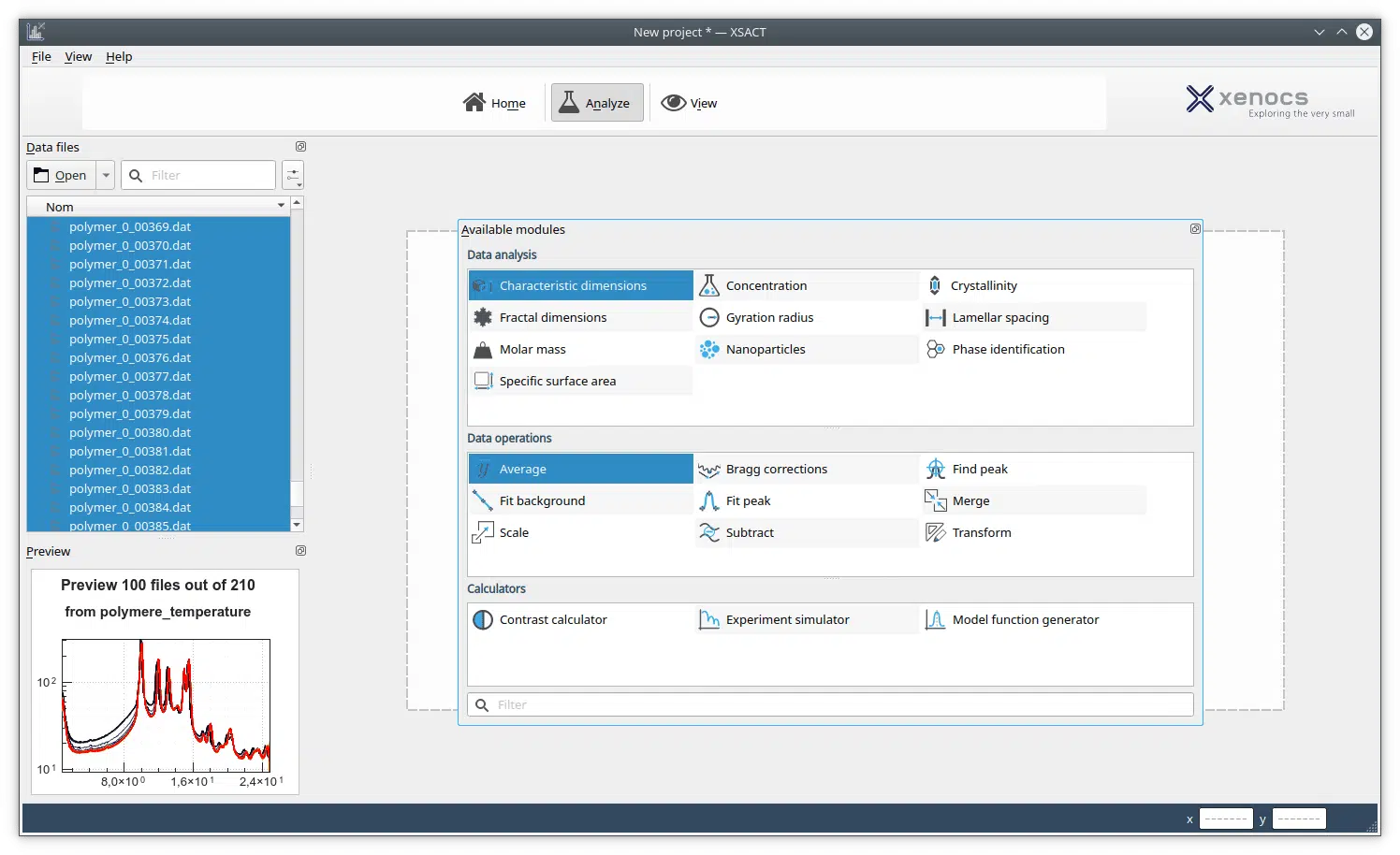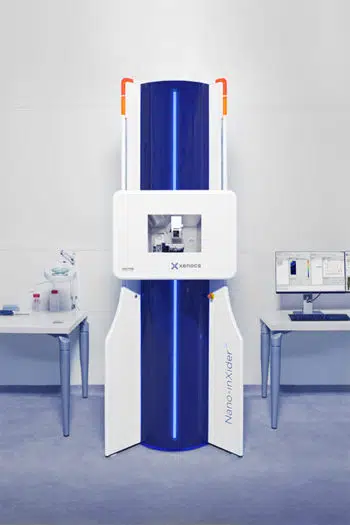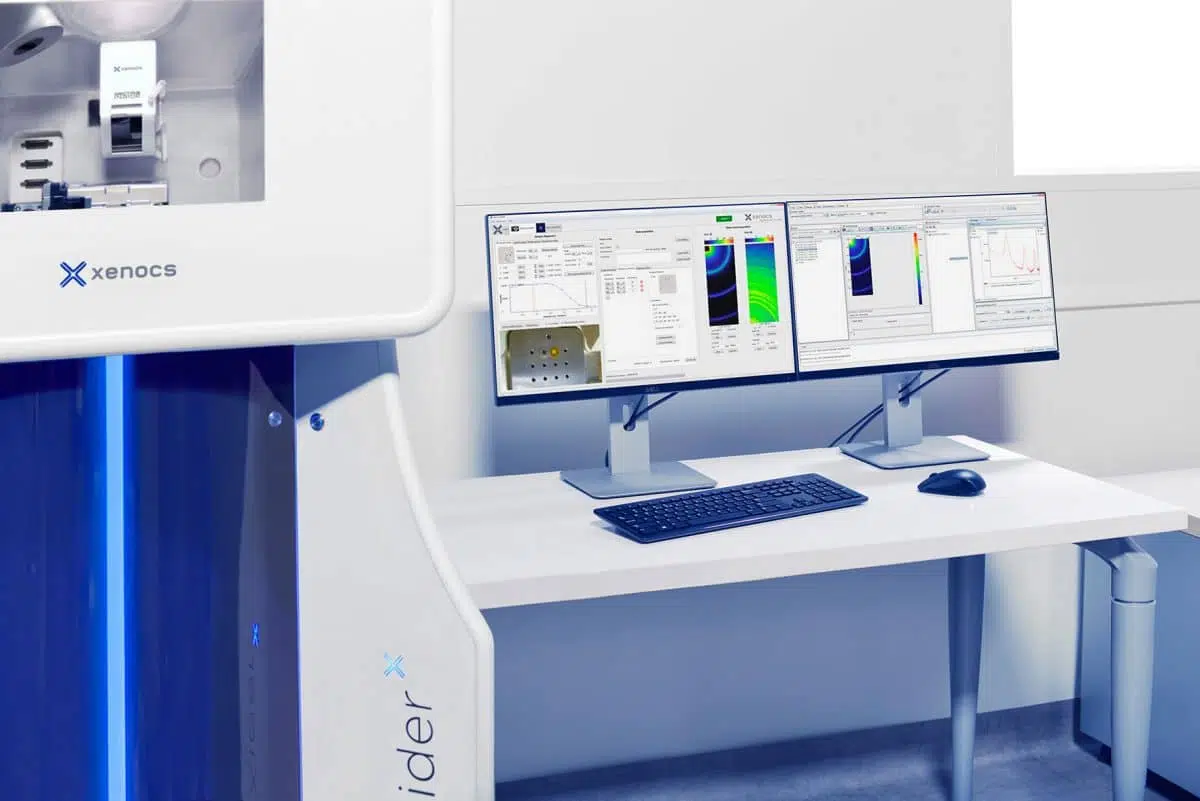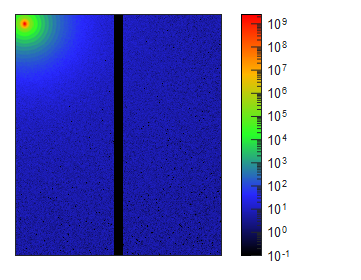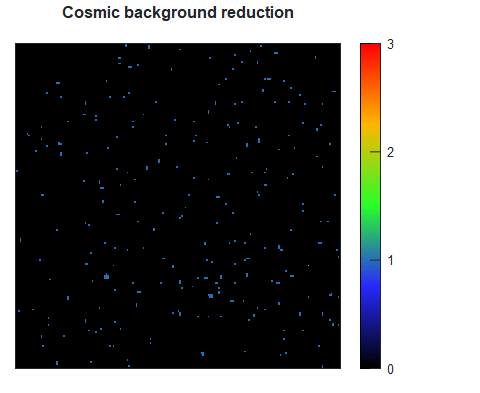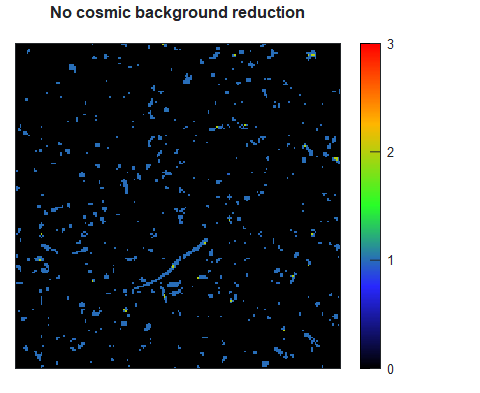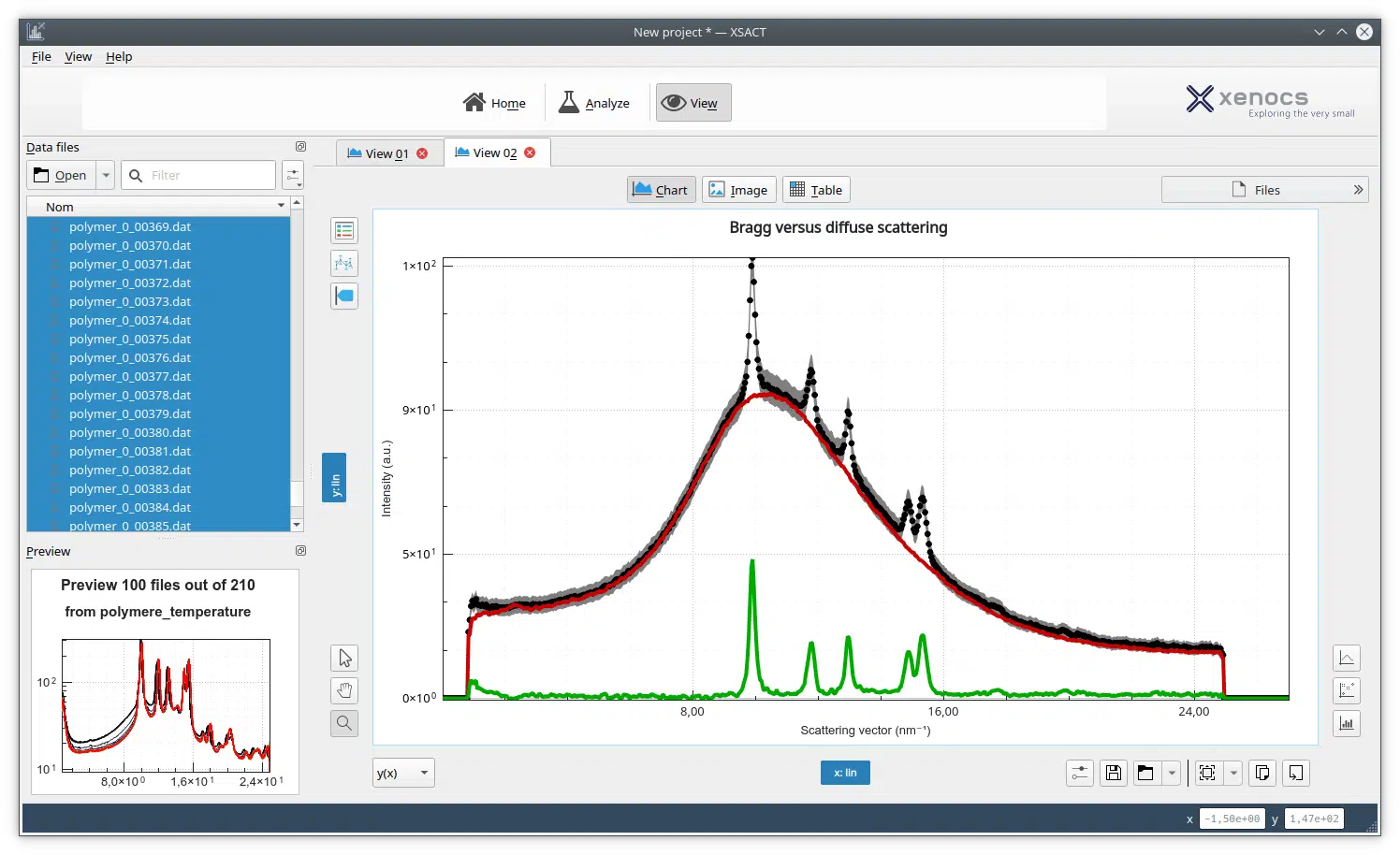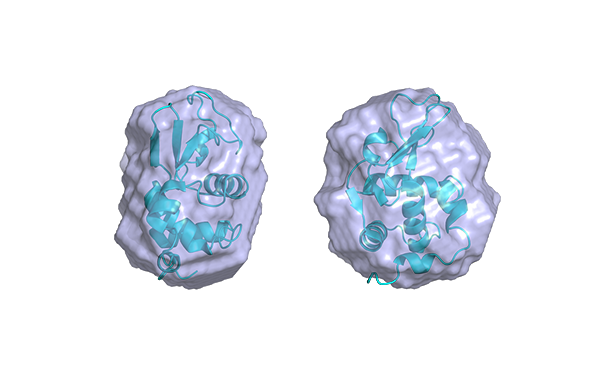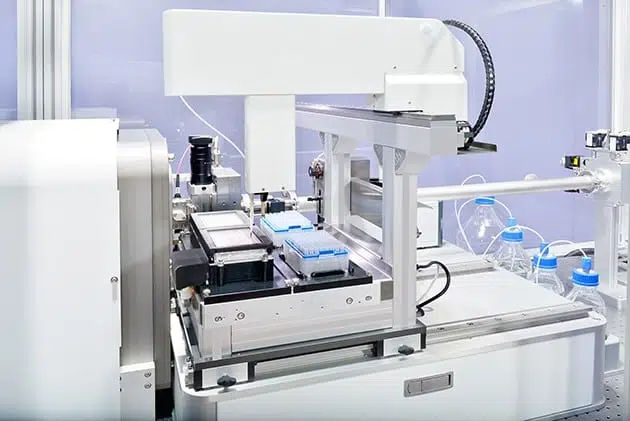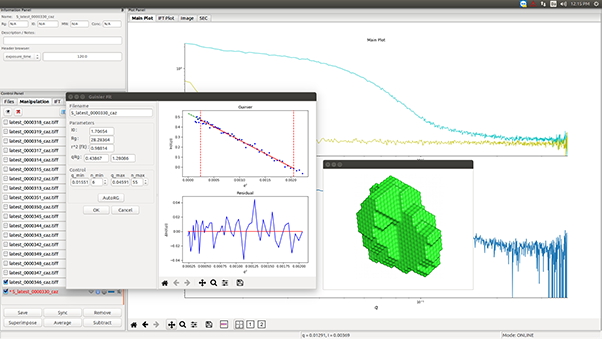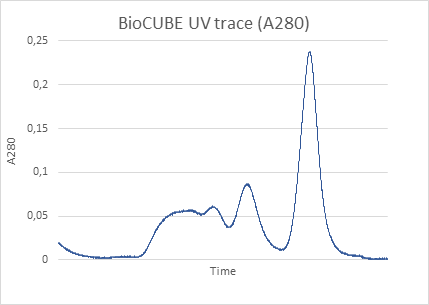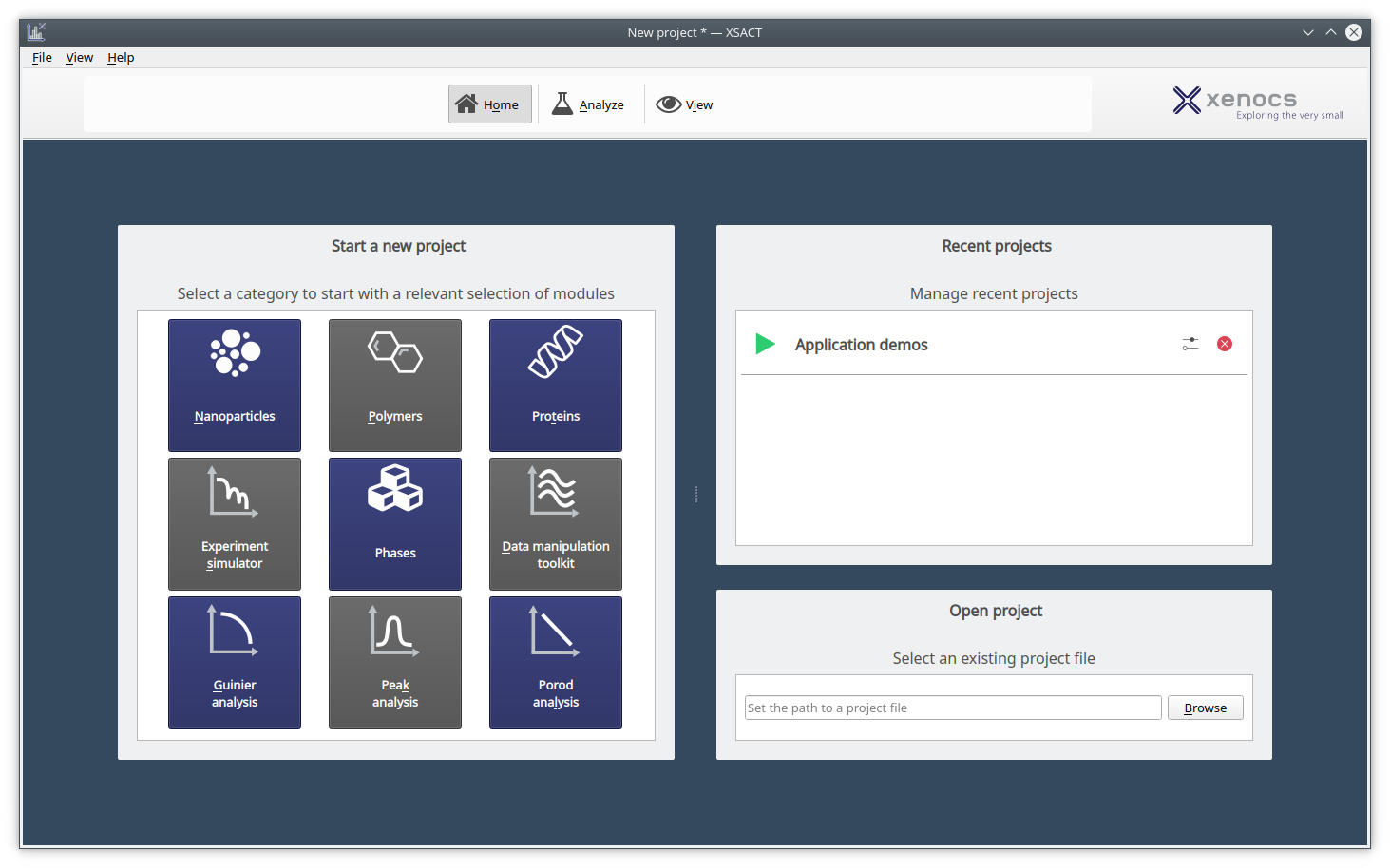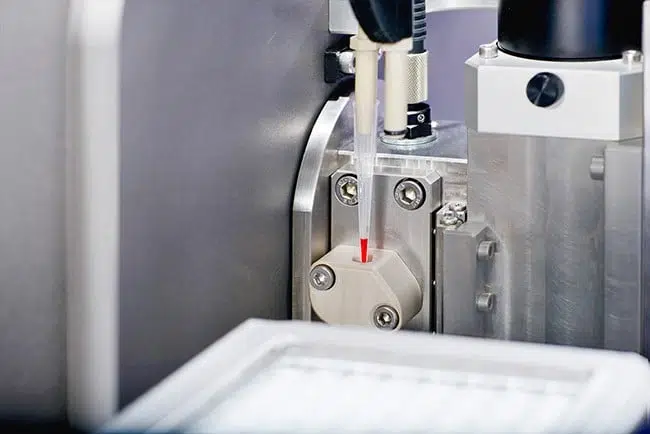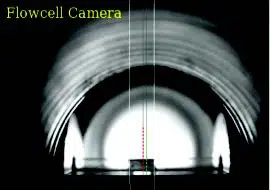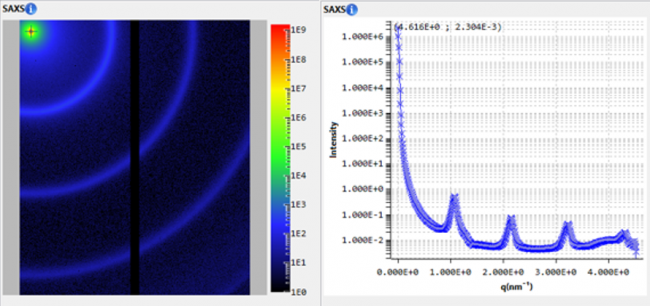WEBINAR
Laboratory SAXS and GISAXS as a metrology tool for microelectronics applications
Laboratory SAXS and GISAXS as a metrology tool for microelectronics applications
The semiconductor industry’s drive to reduce component sizes over the years created the need for new characterization methods with sub-nanometer resolution. This led to the development of Critical Dimension SAXS (CD-SAXS) measurements. The promising results, combined with the technique’s potential for high resolution and the ongoing search for non-destructive methods to evaluate three-dimensional (3D) nanoscale patterns, resulted in CD-SAXS being included in the International Technology Roadmap for Semiconductors (ITRS) in 2007.
CD-SAXS consists of measuring periodic patterns, such as line gratings, to determine the in-depth profile of the line. This technique is commonly applied throughout various lithographic stages in the development of memory devices, where precise control is critical for achieving optimal device performance. Since the gratings used in this study are placed on a silicon wafer, the measurements are performed in grazing incidence geometry (GISAXS). The first CD-GISAXS measurements using a laboratory source were conducted at CEA-LETI on the Xeuss 3.0 instrument with a Cu source. In this webinar, we will illustrate how the in-depth shape is determined and present the inverse problem solving method.
Follow the webinar to learn:
- how SAXS in the lab can be used to characterize the nanostructures formed by lithographic processes and to detect defects
- how to use inverse algorithm to converge towards the shape of the line
- what the main advantages of SAXS analysis are, and how to explore its synergistic potential when utilized alongside other techniques
Presented by:
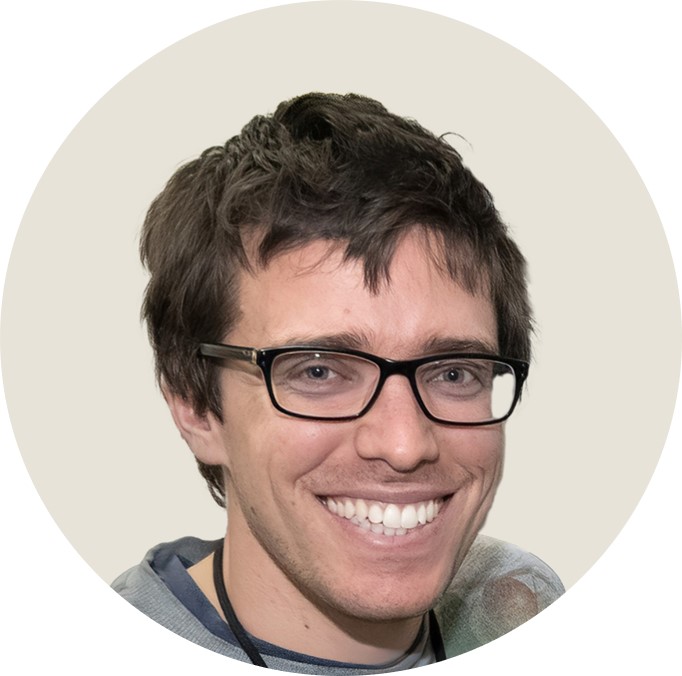
Guillaume Freychet, PhD, currently works as beamline scientists at the French Alternative Energies and Atomic Energy Commission in Grenoble. He is a former beamline scientist at the Soft Matter Interfaces beamline at NSLS-II, Brookhaven and former postdoctoral fellow at the Advanced Light Source. He completed his PhD at the University of Grenoble Alpes in 2016 and is an expert in the use of X-ray scattering, particularly for structured materials.
Webinar hosted on June 27, 2024.

